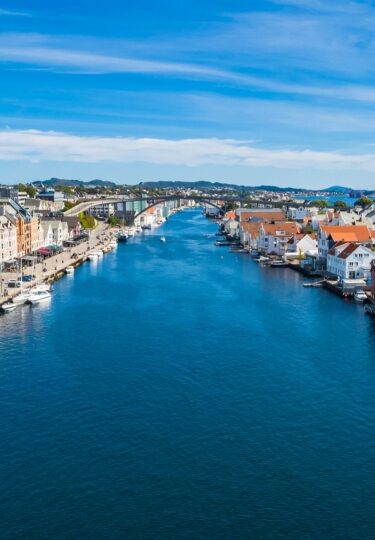Haugesund, Norway, is carved into the southwest of the country’s marvelous fjord coastline, between the larger cities of Stavanger and Bergen. Once home to prominent Viking kings, this pretty waterfront city is nestled between rocky mountains, silky fjords, and the brisk North Sea.
Norway’s striking obelisk national monument, Haraldshaugen, is located in Haugesund, erected in 1872 to mark 1,000 years since the country’s unification. Haraldshaugen is believed to be the burial place of the country’s first king, Harald Fairhair.
One of Haugesund’s biggest draws, however, is what lies just outside of the city. You’ll discover tiny islands and islets to the southwest and the vast Boknafjorden with its dozens of smaller offshoots to the northeast. There are waterfalls, mountains, and a rugged coastline to explore.
Here’s everything you need to know about visiting Haugesund, Norway.
Why Visit Haugesund, Norway
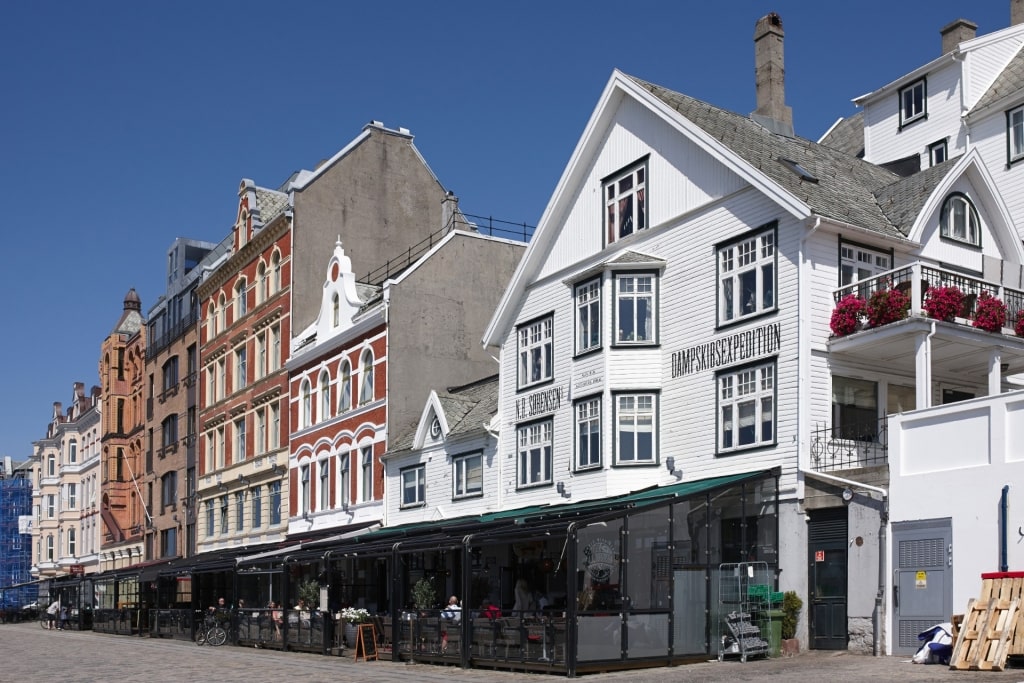
Haugesund
A walkable city with cafés, museums, galleries, and attractive streetscapes, Haugesund is the perfect short-stay destination.
Haugesund is also one of the best places you’ll find to explore the Viking period, regarded as the home of Viking kings for centuries. A reconstructed village in Avaldsnes on the island of Karmøy, just south of Haugesund, is where Norway’s first king, Harald Fairhair, had his royal seat.
Beyond the city center, Haugesund offers easy access to pristine Norwegian mountains, pearly-white beaches, glassy fjords, and one of the best—and most lifelike—Viking villages in the world.
History & Culture
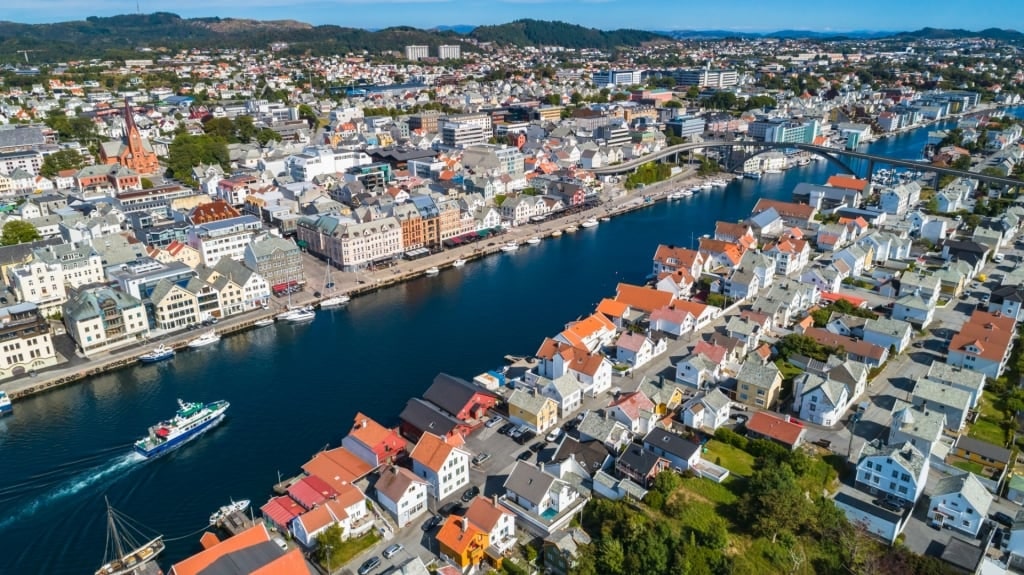
Haugesund
Considered one of the best places in which to experience the Viking period in Norway, Haugesund offers a fascinating history, with the city’s shores once home to many Viking longships.
When King Harald Fairhair united Norway in the year 872 AD, Avaldsnes became the country’s royal seat, remaining so for nearly 500 years.
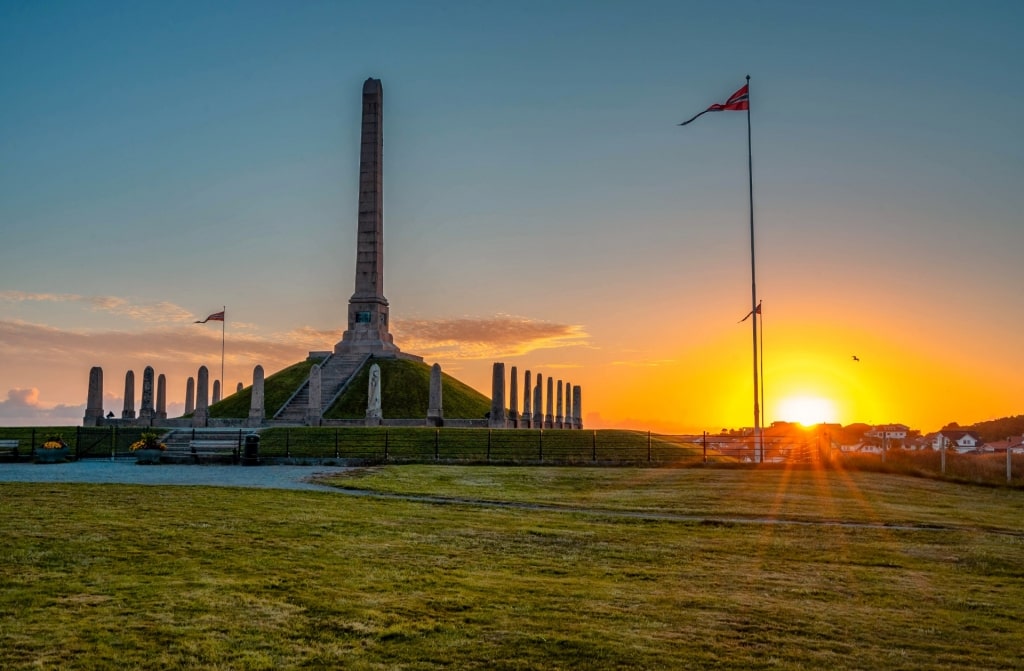
Haraldshaugen
It’s thought that the King’s burial place lies slightly north of Haugesund city center, marked by Norway’s towering national monument, Haraldshaugen, which was unveiled in 1872 to mark 1,000 years since the country’s unification.
Over the centuries, Haugesund became a busy fishing port, relying on its herring fleet and fish canneries before oil replaced fishing as the main industry in the region.
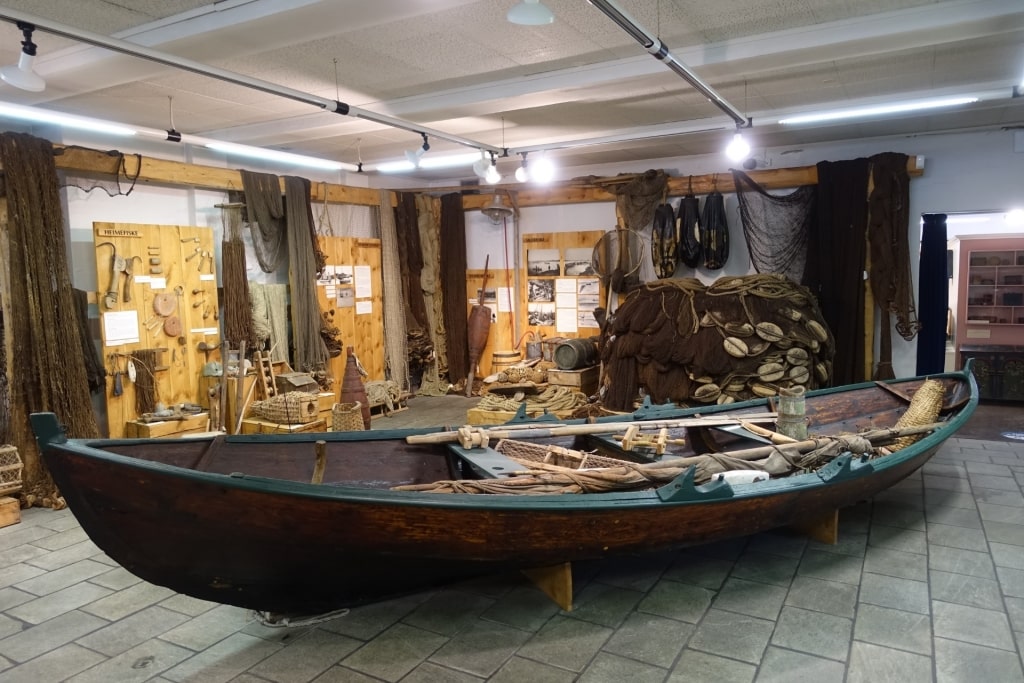
Karmsund Folkemuseum Photo by Wolfmann on Wikimedia Commons, licensed under CC BY-SA 4.0
One of the best places to delve into Haugesund’s history and culture is at the central Karmsund Folkemuseum, located in a former dairy building. Four permanent exhibitions at the museum explore farming and agriculture, shipping and fishing, home and the local environment, the final one celebrates Haugesund city’s 150th anniversary, which took place in 2004.
Wildlife & Nature
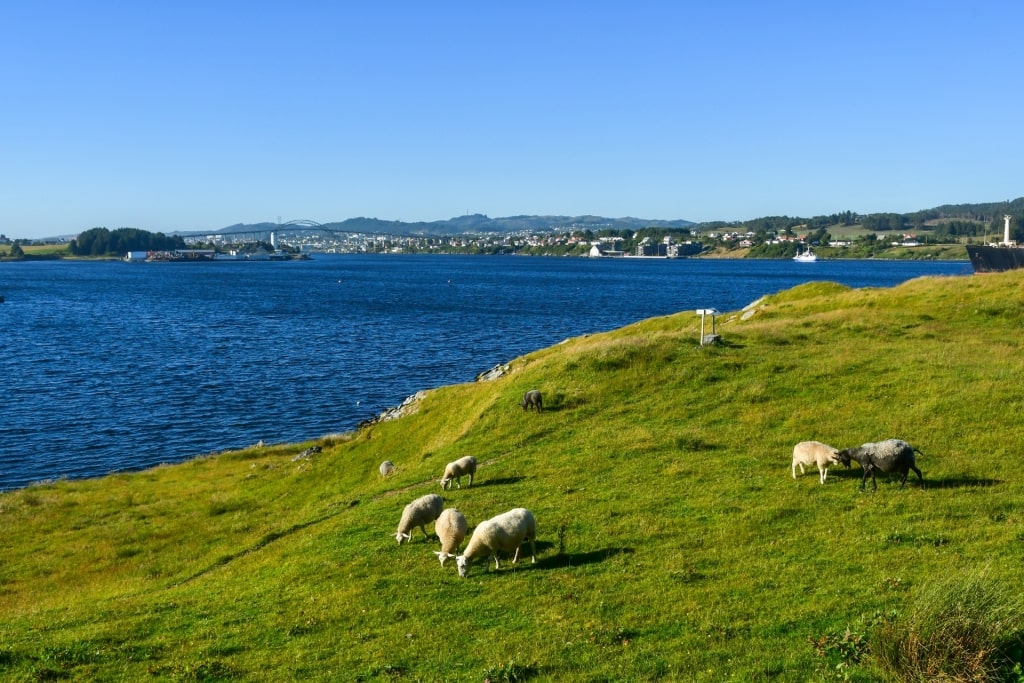
Haugesund
From rare birds to grazing mountain goats and wild coastal, woodland, and mountain trails, Haugesund’s small scale belies the nature and wildlife outside the city.
Highlights include Utsira, a remote island around 11 miles southwest of Haugesund, regarded as one of the best birdwatching destinations in Norway.
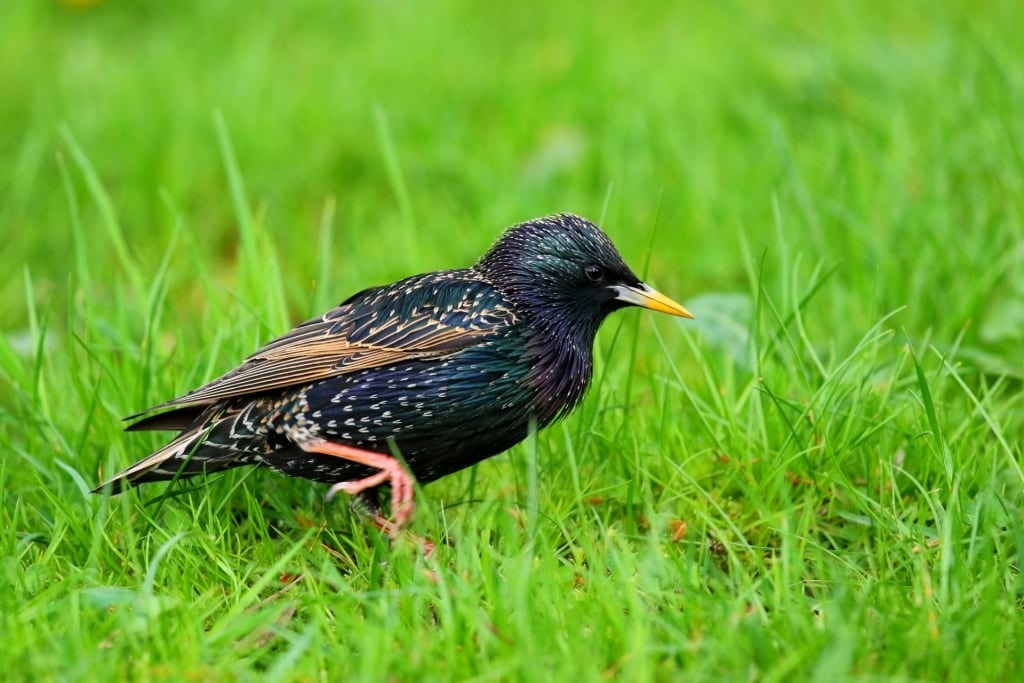
Starling
The island draws a number of rare bird species to its shores. Look out for beautiful rosy starlings, the red-flanked bluetail, and black-headed bunting darting around Utsira’s heather-filled hills.
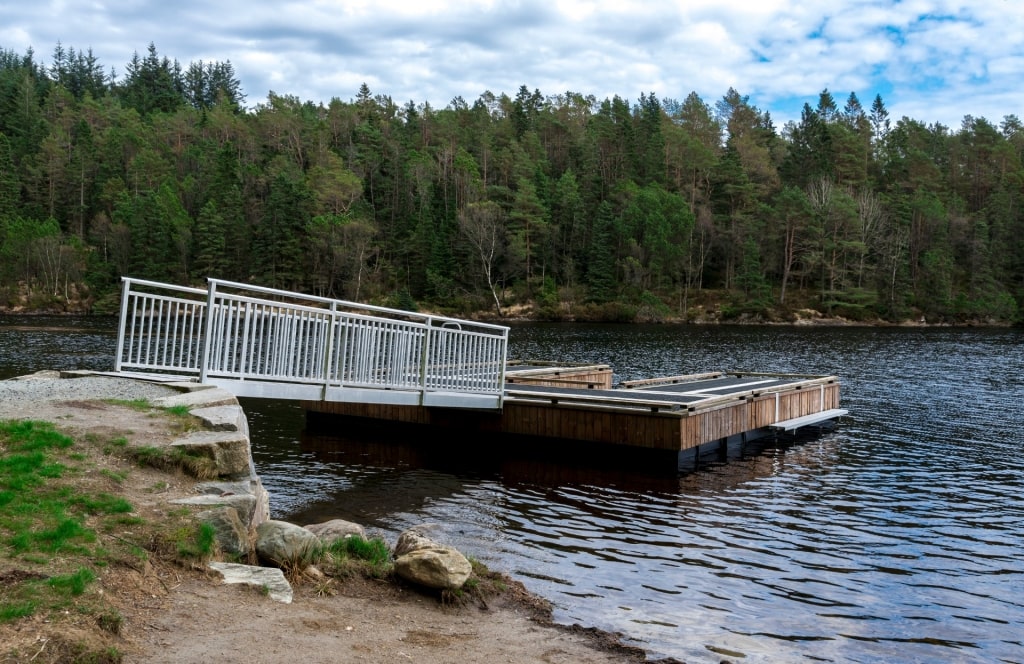
Djupadalen
Lake Tornesvatnet, within walking distance of central Haugesund, is also home to a colorful collection of birds, while Djupadalen’s hiking trails offer the chance to look for hares, deer, and minks.
Tips for Visiting Haugesund
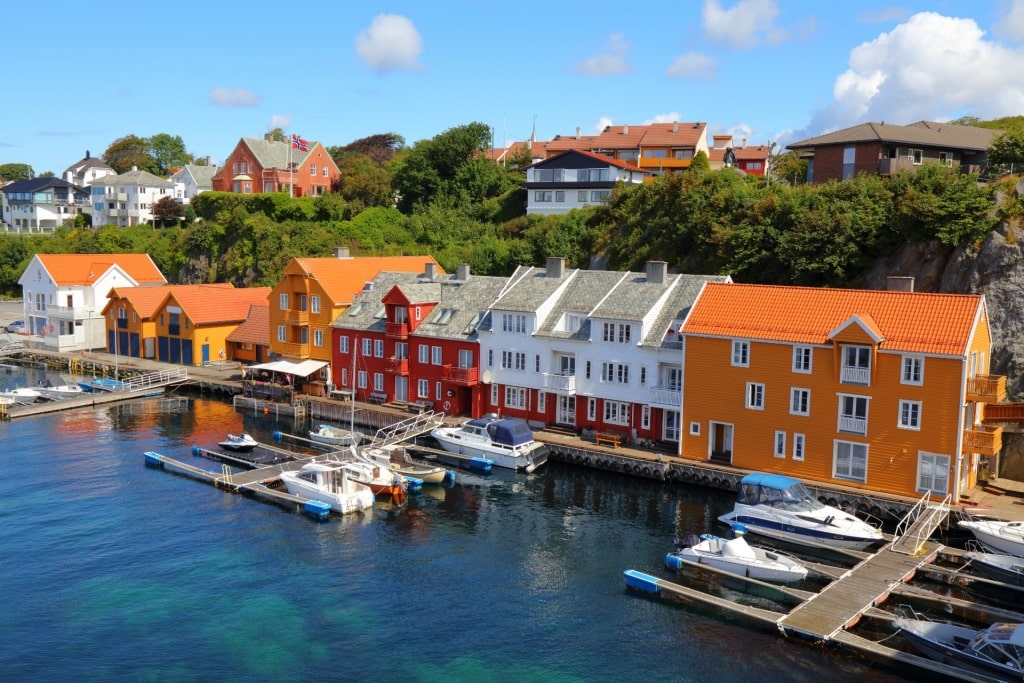
Haugesund
The compact city of Haugesund is easy to explore on foot, with museums, galleries, shops, cafés, and restaurants within walking distance of the waterfront. Haugesund’s tourist information center is also centrally located on Haraldsgata, the city’s main pedestrian thoroughfare.
The local currency in Haugesund is the Norwegian Krone, though credit cards are widely accepted. If you’re visiting on a Sunday, bear in mind that most stores and some restaurants will be closed.
If you’re keen to explore outside the city center, hop on one of Haugesund’s green buses, operated by Kolumbus. A network of routes run around the region, including across Karmøy island.
Things to Do & Attractions in Haugesund, Norway
Discover the Viking Village on Bukkøy Island
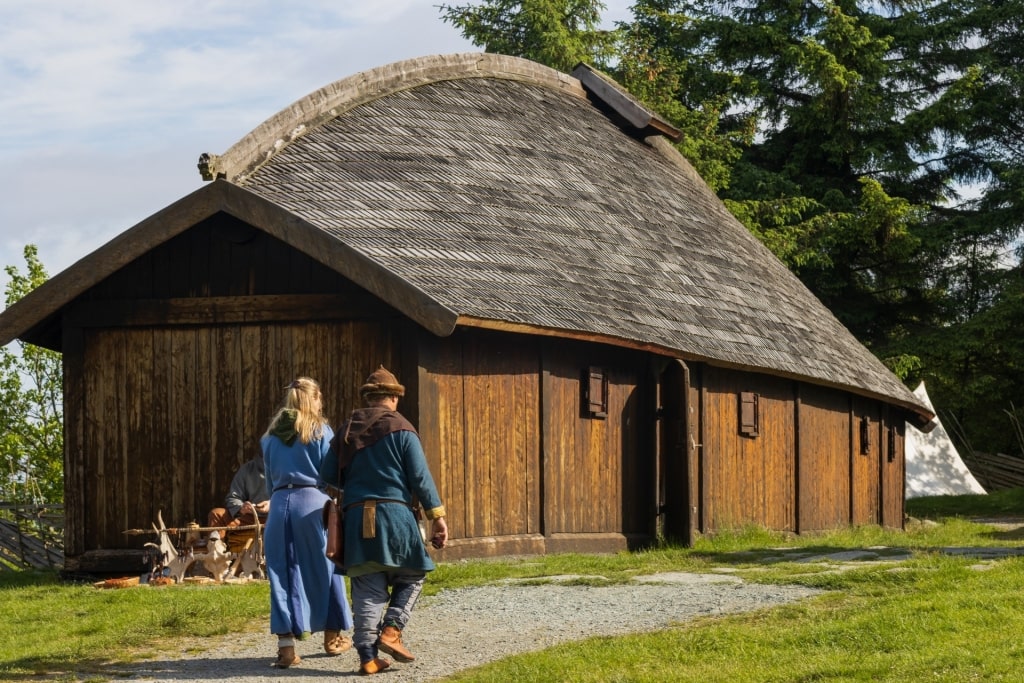
Bukkøy Island
For a true-to-life, family-friendly Viking experience, one of the best things to do in Norway is to head to the forest-covered Bukkøy Island, next to Olav’s Church in Avaldsnes, just 15 minutes south of Haugesund.
The Viking village is a reconstructed Viking farm featuring a longhouse, firehouse, roundhouse, and a boat house, offering a wonderful insight into how Vikings once lived.
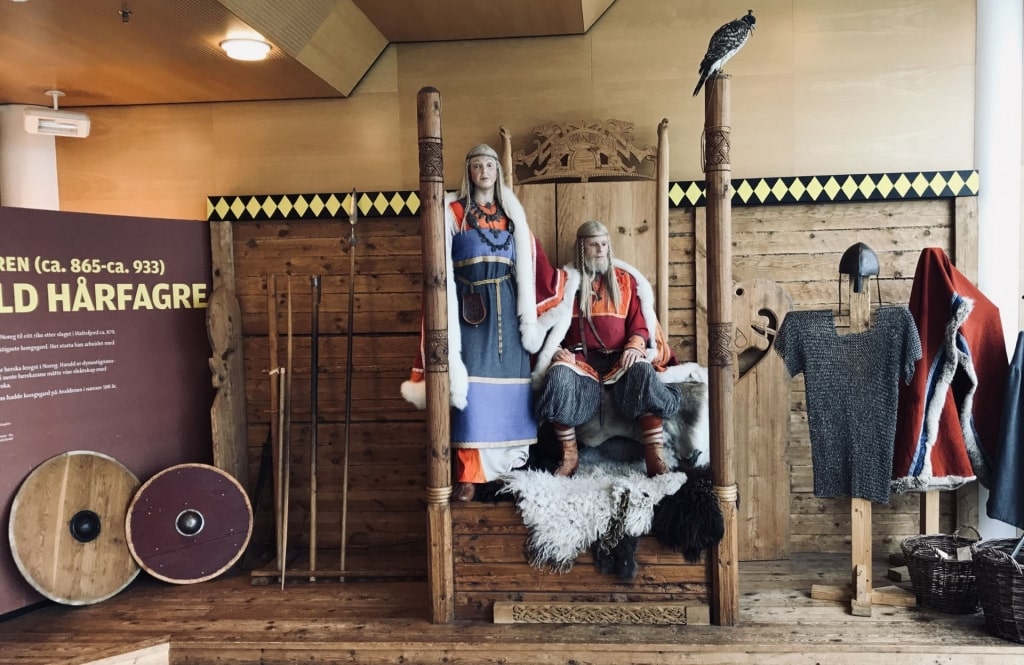
Nordvegen History Center Photo by Msvea on Wikimedia Commons, licensed under CC BY-SA 4.0
Look in on the Nordvegen History Center, most of which is built at subterranean level, with just the circular entrance visible from ground level, to avoid blocking views of Olav’s Church.
A guide dressed as the famous Harald Fairhair—thought to have reigned from Avaldsnes between 872 and 930—provides captivating Viking stories. You could even experience dressing as a Viking for an entertaining photo opportunity.
Hike to Himakånå

Himakånå
Himakånå is a spectacular hike near the village of Hindaråvåg, reached via a 50-minute drive east of Haugesund.
Almost 1,200 feet above sea level, Himakånå is a dramatic rock formation—from some angles appearing like the open jaw of a lizard—jutting out from the top of a mountain in Tysvær.
Hike through the forest of leafy oak, beech, and birch trees to reach Himakånå, which takes around one hour each way. The views from the wind-whipped summit are breathtaking with Lysevatnet, Nedstrandsfjord, and lush forests on view.
Visit the Seaside Town of Skudeneshavn
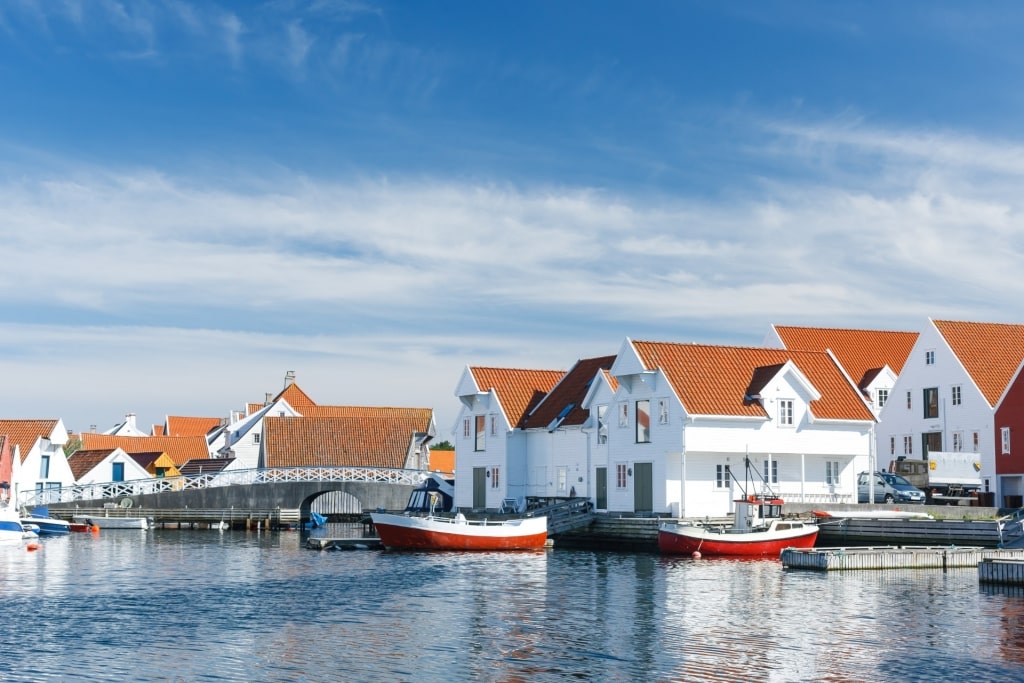
Skudeneshavn
Located on the southernmost tip of Karmøy—an island connected to the mainland via the Karmøy Tunnel and Karmsund Bridge—Skudesneshavn feels like a microcosm of the nearby city of Stavanger, thanks to its enchanting, 19th-century Old Skudeneshavn neighborhood.
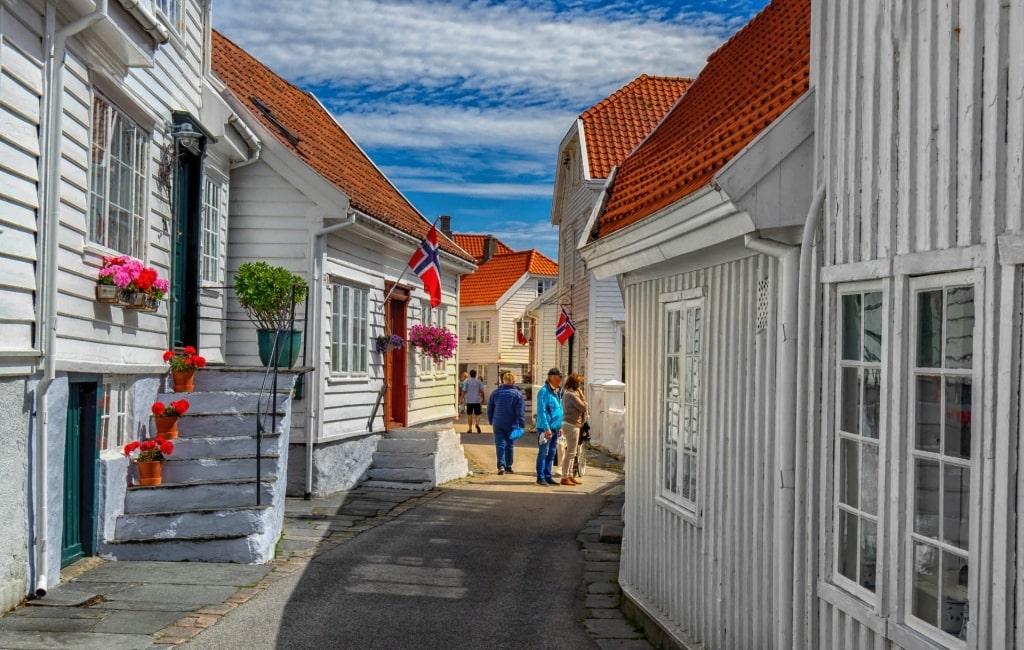
Skudeneshavn
Here, the streets are lined with pristine white clapboard houses with russet-hued rooftops. Around 130 original timber homes remain in the old quarter, including the house at Søragadå 60, shaped into the rock wall.
Stroll around the harbor to Bade Olena—a small hexagonal structure that juts out into the water on a timber platform——Skudeneshavn’s first bathhouse, opened in 1873.
The bathhouse is still in operation today, and you can pre-book an hour’s session to experience a relaxing Norwegian sauna with serene harbor views. Visitors are required to wear swimwear and a towel while in the sauna.
Stop by Skudeneshavn Museum. Circled by a white picket fence, the museum is housed inside one of the town’s historic buildings and offers an insight into how the hamlet grew over 150 years.
Before returning to Haugesund, stop for waffles and coffee, a Norwegian tradition, in one of Skudeneshavn’s quaint cafés.
Explore Haugesund on Foot
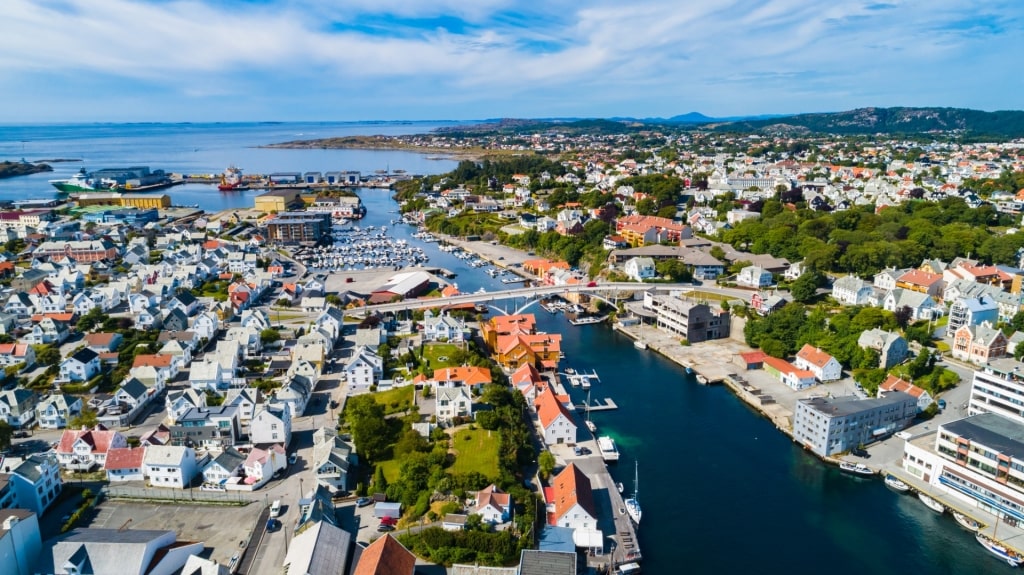
Haugesund
Haugesund might not have quite the fame of Bergen and Stavanger, but with its handsome art nouveau architecture, pretty boat-lined waterfront, and walkability, it’s a delightful place to explore on foot.
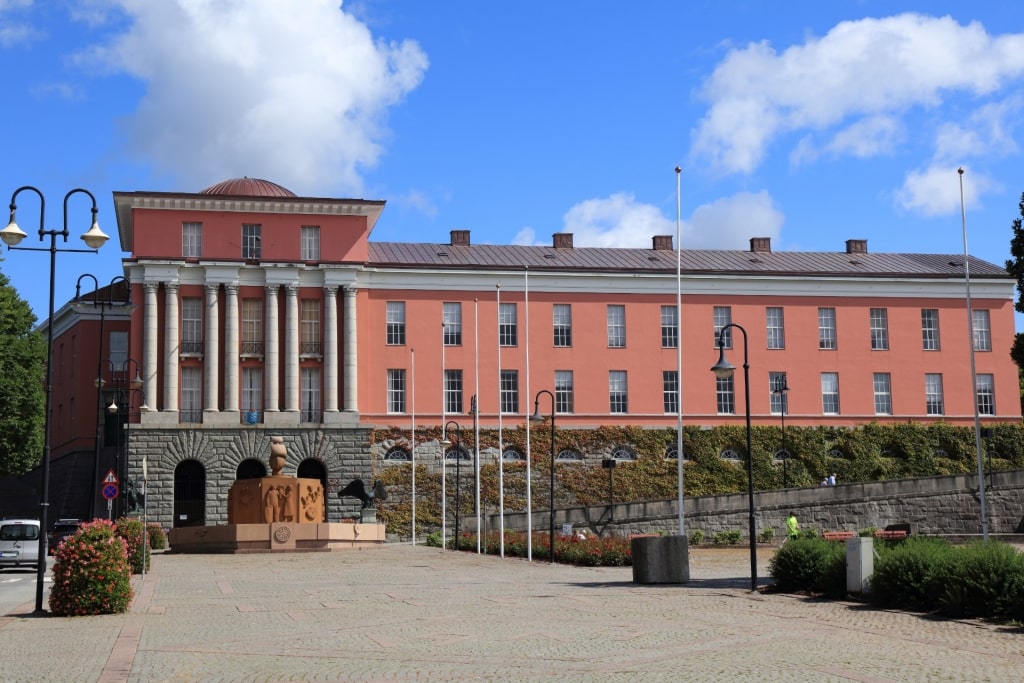
Haugesund Town Hall
Wander by the block-deep Haugesund Town Hall, which faces a large open square, near the tourist information office. The striking, bubblegum-pink building was a gift from shipowner Knut Knutsen O.A.S. and his wife Elisabeth, opening in 1931.
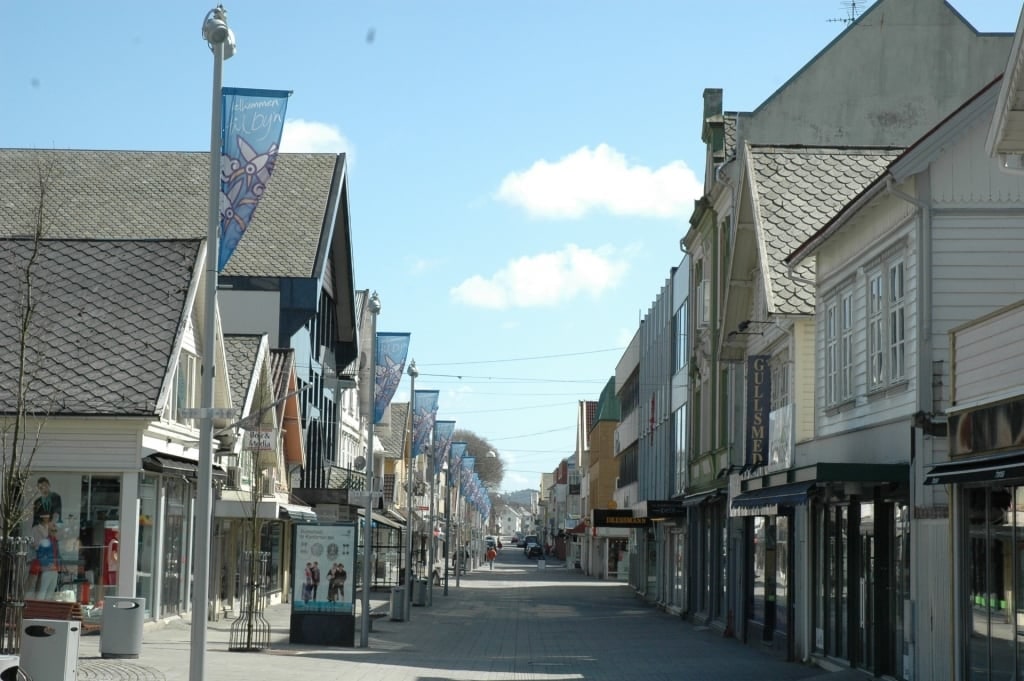
Haraldsgata Photo by Efarestv on Wikimedia Commons, licensed under CC BY-SA 3.0
Stroll along Haraldsgata, one of Norway’s longest pedestrian streets, located one block from the waterfront. The picturesque strip is lined with traditional clapboard buildings filled with fashion, homeware, souvenir stores, cafés, and restaurants.
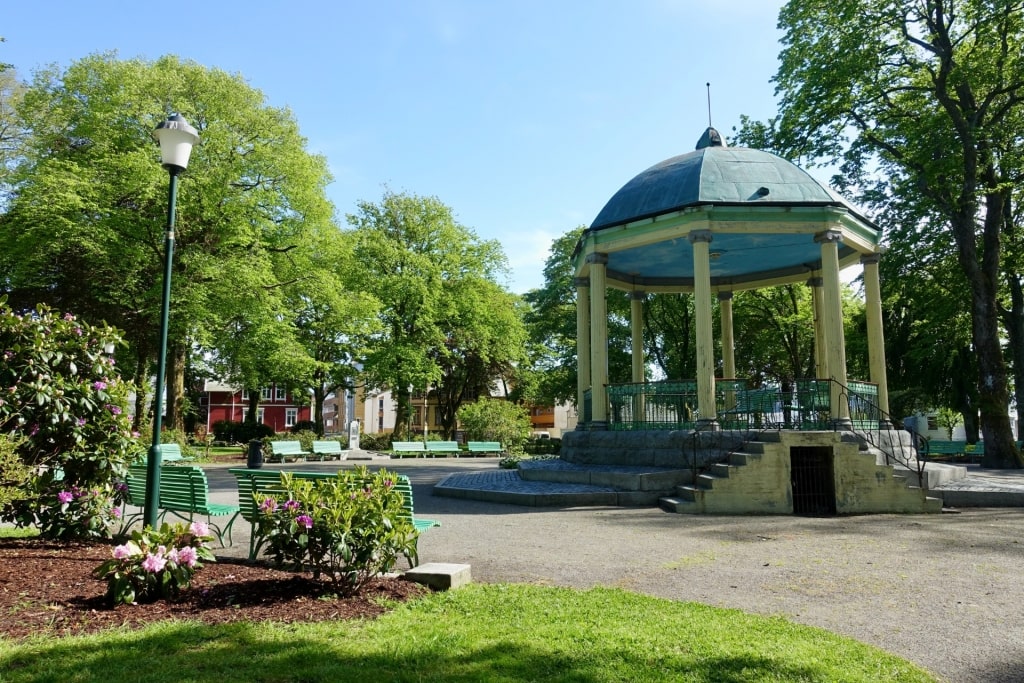
Byparken Photo by Wolfmann on Wikimedia Commons, licensed under CC BY-SA 4.0
For a history lesson on Haugesund, factor in time at the Dock Museum on Hasseløy Island and Karmsund Folkemuseum on Skåregt. Haugesund Picture Gallery houses an impressive collection of Norwegian art from the 19th to the 21st century, overlooking the tree-lined Byparken.
Finish up on the waterfront, where you’ll find a selection of cafés and restaurants to choose from.
Relax on Sandy Shores

Åkrasanden
Thirty minutes south of Haugesund on the North Sea coastline lies a series of beautiful white-sandy beaches in the small fishing town of Åkrehamn.
The blue-flagged Sandvestranden and Åkrasanden are two adjoining crescent-shaped beaches in a large bay where the water is crystal-clear and shallow, making it perfect for swimming. Be aware, however, that the water in Norway, even in the height of summer, is far from the balmy temperatures of the Mediterranean.

Åkrasanden
Enjoy a beach picnic with the backdrop of the low-lying grassy dunes. Pack all that you’ll need for a relaxing day at this Norwegian beach. There are a few amenities in Åkrehamn, but none directly by the beach.
Another Blue Flag spot, the blissful Sandvesanden is a soft creamy bay a few miles further south on the coast, where you could also enjoy a dip into the invigorating water.
Marvel at Langfoss Waterfall
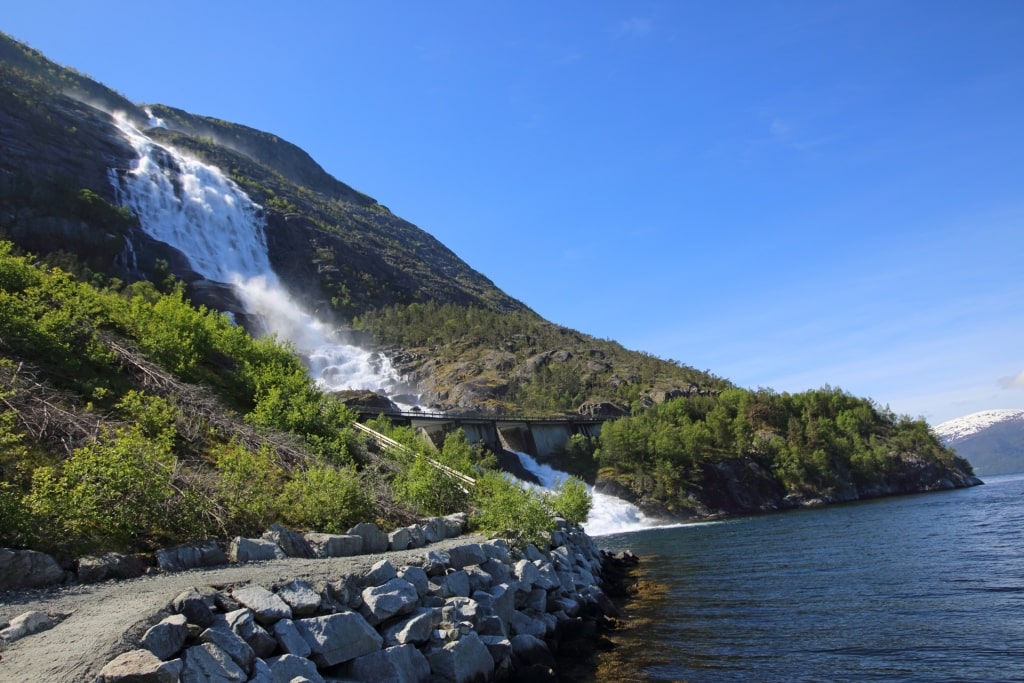
Langfoss Waterfall
The beauty of Langfoss waterfall on the Åkrafjord is hard to top. Located a 90-minute drive northeast of Haugesund, Langfoss cuts through dense pine forest, tumbling almost 2,000 feet into the inky Åkrafjorden.
Conveniently, the highway from Haugesund leads straight to the waterfall, with a road and footbridge over the lower section of the waterfall.
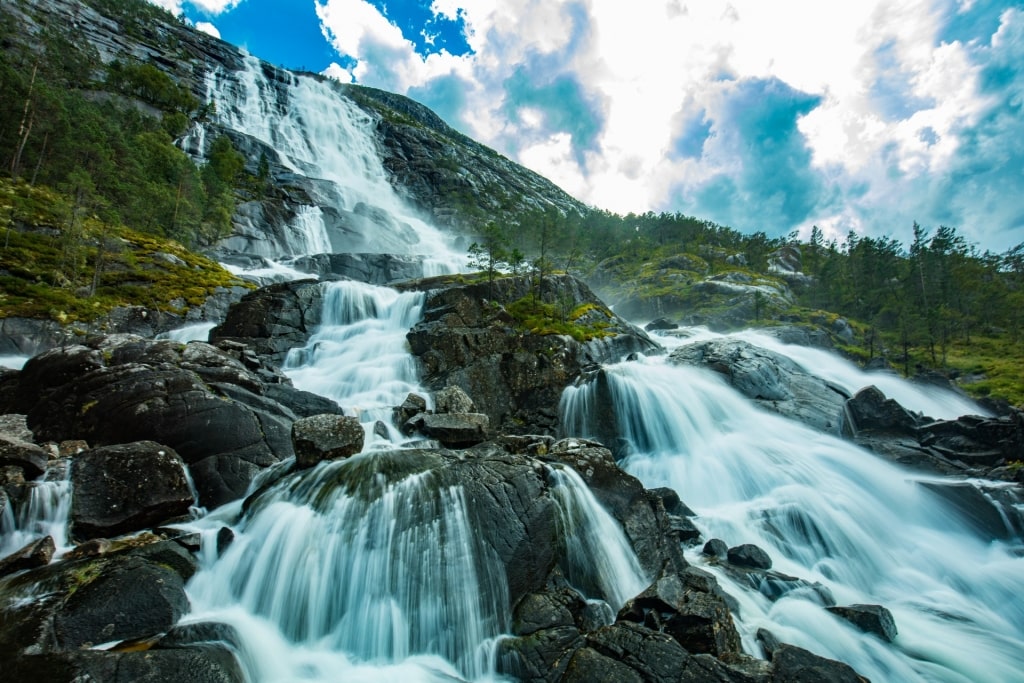
Langfoss Waterfall
One of the best positions to see this Norwegian waterfall is on a boat trip along the Åkrafjord itself, where you’ll get to appreciate its cascading, foamy drop in full.
During summer, visitors can also follow the zigzagging mountain path to the top of the waterfall. The steep route on the northeast side of the waterfall is fairly challenging and takes roughly two hours each way. You could tackle just a section of the road if you don’t have the time or inclination to cover the entire loop.
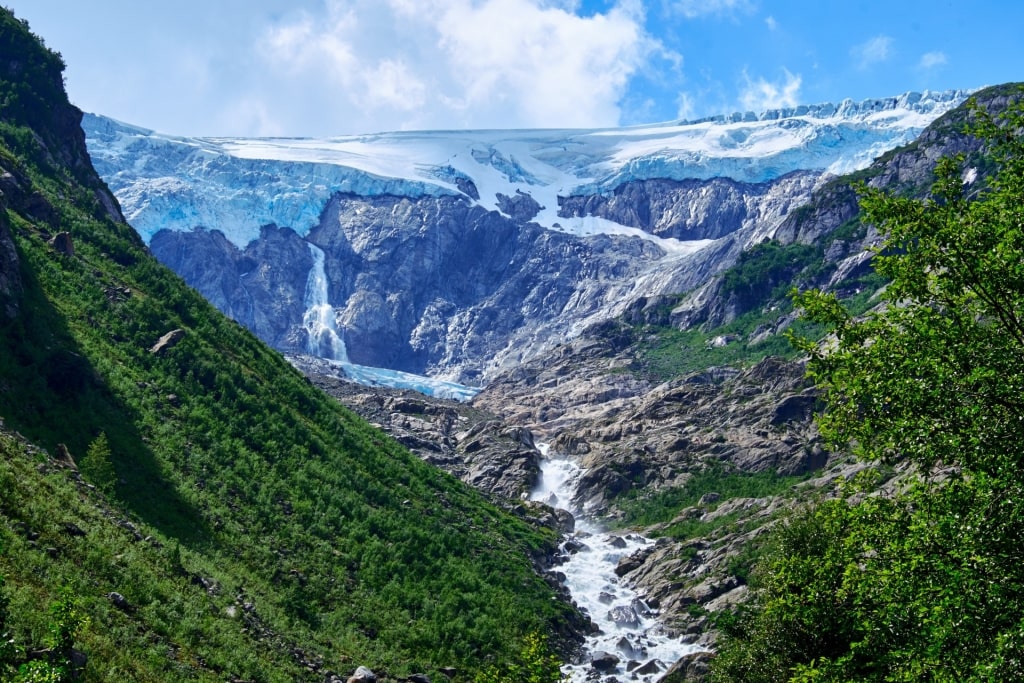
Folgefonna Glacier
Enjoy the soothing sensation of the waterfall’s mist hitting your face as you stroll in and out of the forest. The views from the top—and near the summit if you don’t quite make it to the top—are heart-stopping, with the fjord, surrounding peaks, and Folgefonna glacier putting on a show in the distance.
Read: Beautiful Places to Visit in Norway
Take the Ferry to Utsira
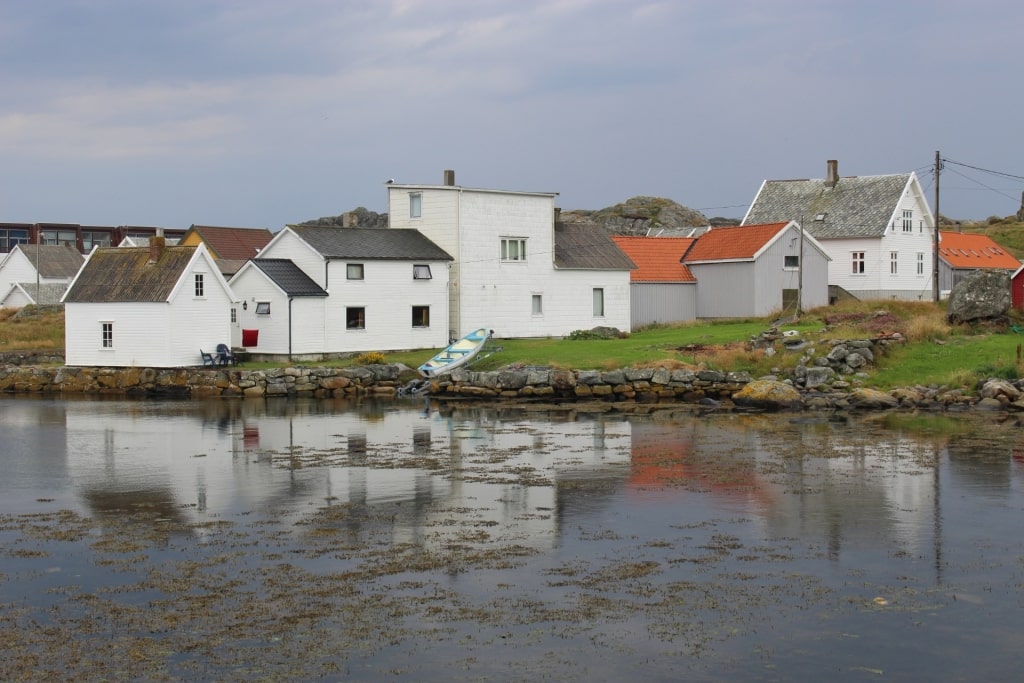
Utsira
The wind-beaten Utsira lies in the North Sea, a short ferry ride southwest of Haugesund. Utsira is a photogenic island covered with green hills that are dotted with traditional Norwegian houses. The island is just over two square miles in area, so you can cover much of it on a short visit.
When you arrive, hike the single-track road to Utsira Lighthouse on the western slither of the island. Built in 1844, the lighthouse is a listed building and is the highest lighthouse in Norway.
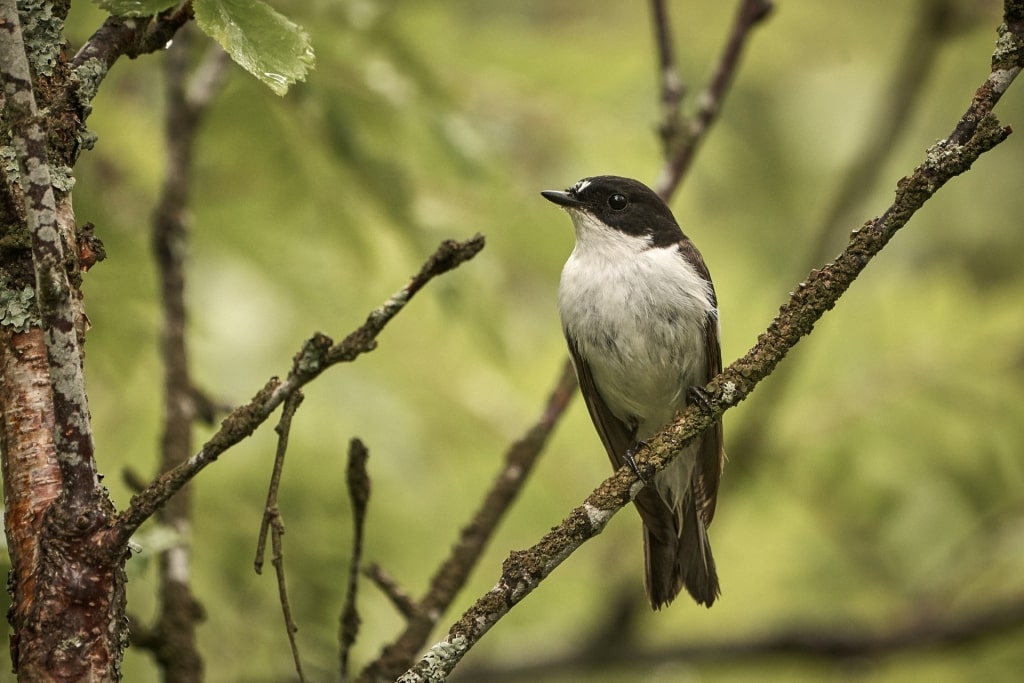
Black-and-white flycatcher
Utsira’s biggest draw is its birds, with more feathery warblers on the island than human residents. Look out for swallows, woodpeckers, bush warblers, black-and-white flycatchers, cuckoos, bluethroats, yellow warblers, and finches among the 300-plus species.
Food & Drink
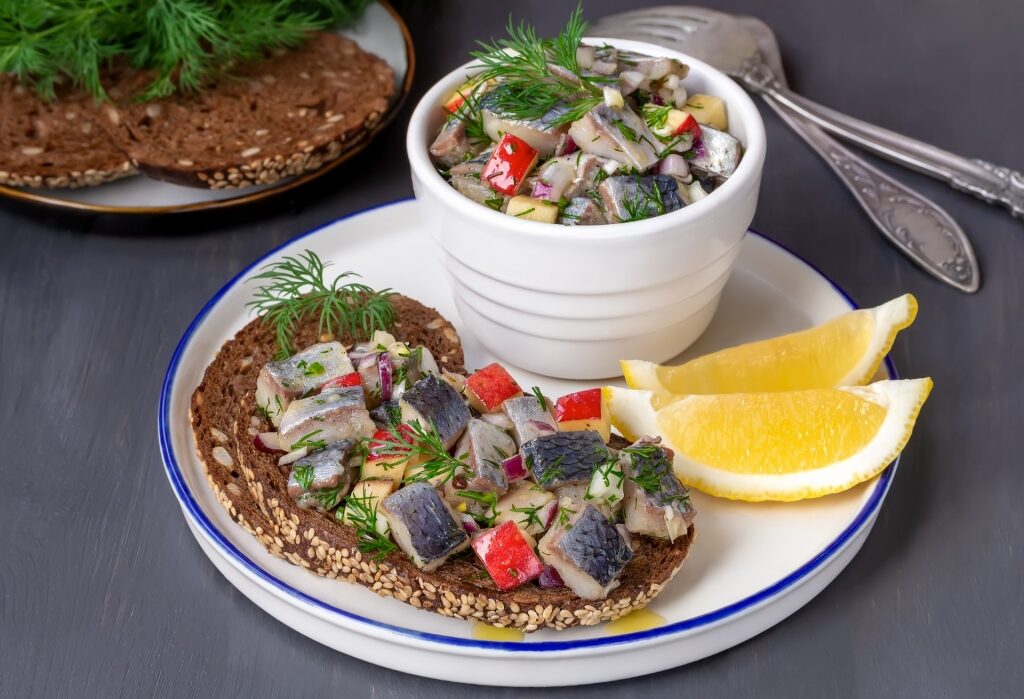
Herring
There is no shortage of pleasant cafés, bars, and restaurants dotted around Haugesund to enjoy a meal or quick bite, with most scattered around the waterfront.
Food and drink in Haugesund are typically Norwegian, which means you’ll find both ultra-fish fresh and tinned fish, such as herring, crab, and salmon. Expect to taste plenty of fresh berries in summer. You’ll also discover the delights of waffles heaped with berries and whipped cream with your mid-morning coffee.

Scallops ceviche
One of Haugesund’s most coveted restaurants is To Glass on Strandgata. Chef-owner John G. Lohne’s focus is on fresh and seasonal produce with a menu inspired by the sea. Choose from tasty fresh crab salad, scallops ceviche, and baked wild halibut.
Try Haugesund’s sweet specialty, Haugesund dessert, also known as “Queen Maud fromage” as it was presented to the Queen of Norway during the 1906 coronation. Queen Maud fromage is a creamy, egg-based dish layered with chocolate.

Cortados
For delicious coffee and cake in a quaint setting, try Nichos Café. Totalen Bluebird coffee shop on Haraldsgata is another central spot serving excellent cortados and cappuccinos.
Best Time to Visit Haugesund
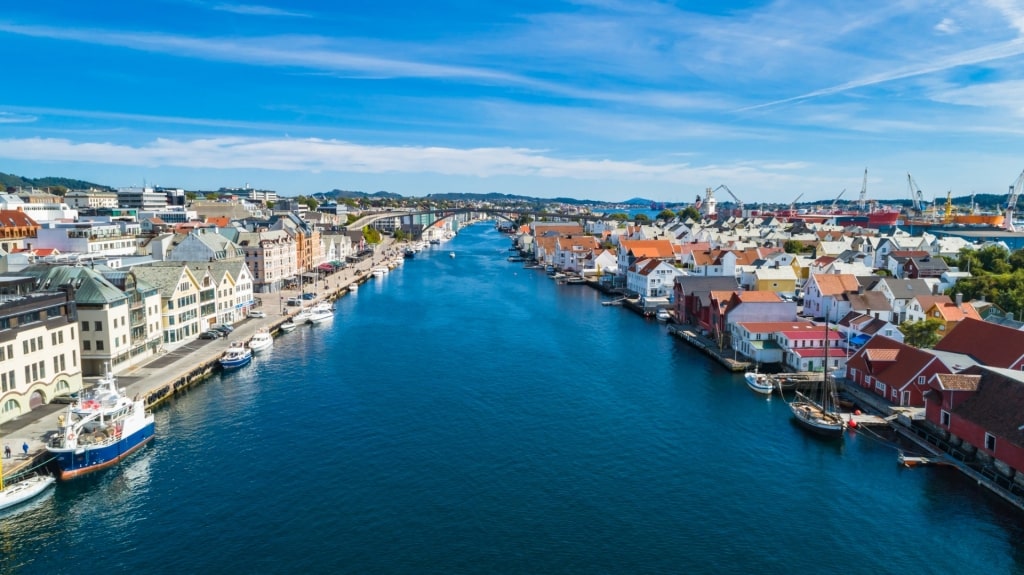
Haugesund
Between May and August is the best time to visit Haugesund, Norway. The region’s best attractions, such as the Viking Village and the city’s museums, are all open during summer.
The weather is also at its mildest during summer, with some warm days. The climate is changeable, however, with showers rolling in from the North Sea with little warning.
Pack layers so you can explore in comfort should the weather turn. If you plan on hiking in Norway, pack suitable footwear and layers—including a waterproof jacket—so you can explore in comfort.
If you’re considering kayaking or spending time close by Haugesund’s nearest fjords, bug spray is useful during summer, too.
The magical thing about Norway during summertime is that the days are long, particularly around June, when you can expect sunrise as early as 4 am and sunset around 11 pm.
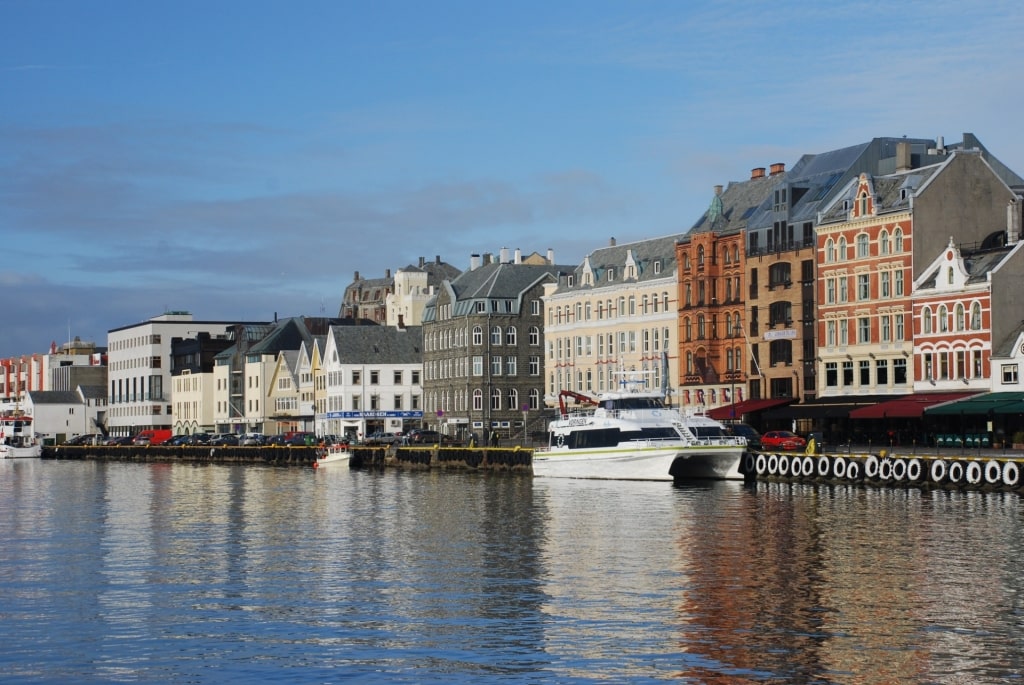
Haugesund
Browse Celebrity’s cruises to Haugesund to uncover its fascinating Viking heritage, explore the region’s unspoiled coastal stretches, and see landmarks such as the Langfoss waterfall.
